Old story
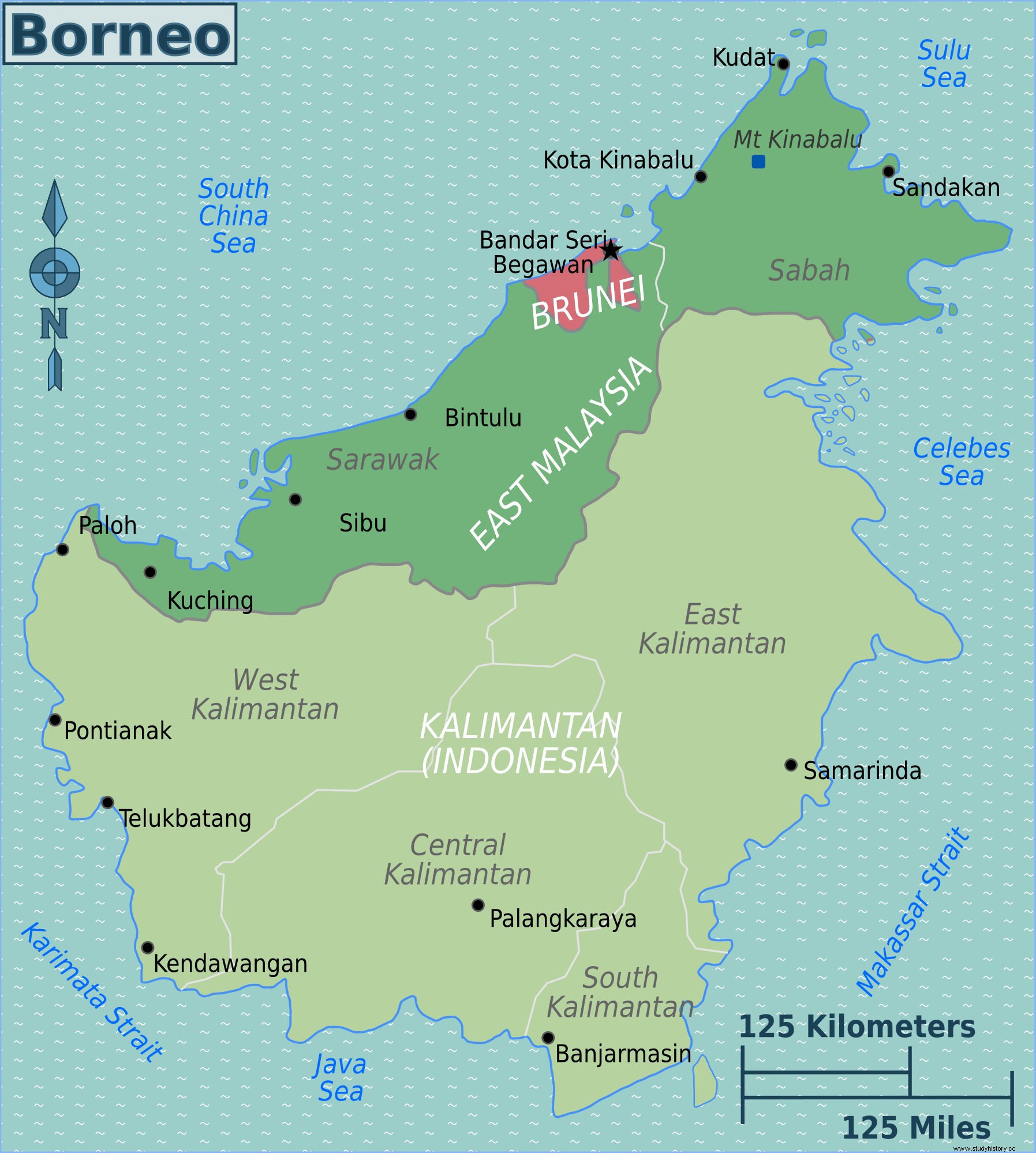
Archaeological evidence suggests that the first humans in modern times existed in Borneo 40,000 XNUMX years ago. These early settlers were later replaced by a series of Austronesian immigrants, whose descendants formed the many ethnic and cultural groups living in Borneo today, as well as new immigrants from China, Indonesia, the Philippines, and India.
Archaeological and historical evidence suggests that Brunei was inhabited at least as early as the 6th century AD. Chinese historical records From this period you use the term "Poli" or "Puni" to describe ancient Brunei. According to Chinese sources, Islam had reached Brunei in 1371 and people at that time used an Arabic script called jawi. The early Borneo empires were under the cultural, economic and political influence of the major Hindu and Buddhist empires on the Indonesian island. There is evidence of early trade with India and China since the 6th century, with a rich trade in camphor, spices, precious forests and exotic forest products in what is now modern Brunei. Before the region embraced Islam, Brunei was part of the Sumatran Srivijaya Empire, then the Jajapahit state of Java.
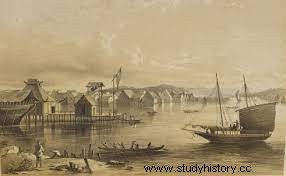
According to the Royal Ark, “Archaeological excavations near the capital suggest that the Chinese may have had control over, or at least traded with, this area in 835 AD. Camphor and pepper seem to have been valuable goods. Brunei's hard camphor had a product corresponding to the weight in silver. The empire was undoubtedly very rich and cultural. The Ming Dynasty gives a detailed account of the visit and commissioning of treasures by the rulers of P'o-ni in the late fourteenth and early fifteenth centuries. Their names and titles reflect the influence of Hinduism or Buddhism, not Islam. These documents confirm that the empire operated under the Javanese Majapahit Hindu Empire, but sought and obtained Chinese protection in 1408. ”
History of Brunei
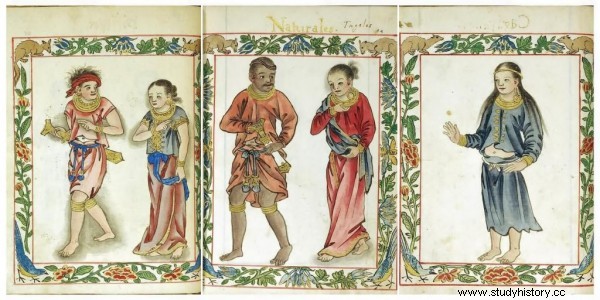
Basically, the full name of Brunei Negara is Brunei Darussalam. It is the country of Brunei, Abode of Peace. Pre-Islamic history is still not clear yet, but some archaeological evidence shows that this country had traded with Asia since 5188. Islam flourished during the mid-14th century and the Brunei Sultanate became famous in the 15th and 16th centuries. , when it controlled territories along the northwest coast of Borneo, parts of Kalimantan and the Philippines. Dutch, Portuguese and Spanish began to arrive after the 16th century. Brunei lost much of its wealth to Spanish and Dutch exports and gradually lost its power as the British and Dutch colonial powers expanded.
The influence of the Sultanate of Brunei increased dramatically between the 15th and 17th centuries as control expanded along the northwest coast of Borneo and the southern Philippines. Brunei then entered a period of decline in the internal conflicts of the monarchy, the rise of European colonial power and its annihilation. In 1888 Brunei became a British protector; independence was achieved in 1984. The same family has ruled Brunei for more than six hundred years. Brunei's profits from the broader oil and natural gas sector are a source of one of Asia's highest GDP.
In the 19th century, the Sultan of Brunei sought British support to defend the coast from the Dayak robbers, and he gave James Brooke, a British runner, as Rajah of Sarawak in 1839. The British continued to mount the island of Labuan in 1846. North Borneo became a British colony in 1888 and Brunei voluntarily accepted the status of a secure British empire under the Sultan, with Britain having its foreign relations. The loss of the Limbang region to Sarawak in 1890 divided Brunei in two and remains an obstacle to good relations with Malaysia to this day.
Mysterious Tomb of Bandar Seri Begawan
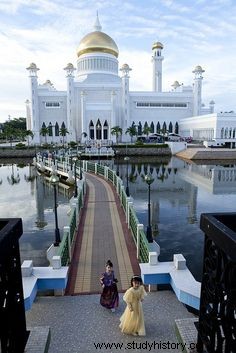
Rozan Yunos wrote that many people passed a small roof that was closed over the General Post Office building in the parking lot of the TaIB building in Bandar Seri Begawan. Many people actually park their cars next door. However, not many people realized that they were actually buried in the tomb. An interesting and mysterious tomb. It is not known if it is a grave. It is said that the site before the First World War was an enormous height of about 100 meters high. A bomb had exploded during World War II, claiming the mound was empty, but legend has it that at least a few people were buried there.
"The tomb was named after a woman named Dang Ayang. Dang is the name of the Brunei combination of Dayang and Ayang is the name of that person. Those who know it call the tomb Kubur Dang Ayang. Some have called it Kubur Raja Ayang. It was alleged that the lady was in fact the parents of the royal family. Legend has it that this was a very sad story. Apparently in the old days, a sister and her sister were caught in an illegal relationship. According to the law at the time, crimes were punishable by death. It was said that no one at that time had the heart to stone them to death, but that they could not leave them unpunished. So the authorities compromised.
"What they were doing was building a cave in the middle of the forest (remember that most Brune people at that time lived by the river, and this 'cube' or grave was a mile inland at that time - so it was very far from other Brown people) .They both had to be in it.Some versions say that only Dang Ayang lived in it, and other versions say both.The cave was filled with fresh air.Probably some food was left to them when it was said that it was a small chimney where smoke could be seen coming out of the chimney.The smoke showed that they were still alive.They must have been kept there one day until the smoke disappeared from the chimney and everyone thought he or she was dead.
When Islam Comes to Brunei
The Arabian Peninsula and Muslim Indian traders have seen the introduction of Islam in Brunei. In the year 1405, the King of Brunei embraced Islam and ruled as Sultan Muhammad, establishing a monarchy that continues to this day.
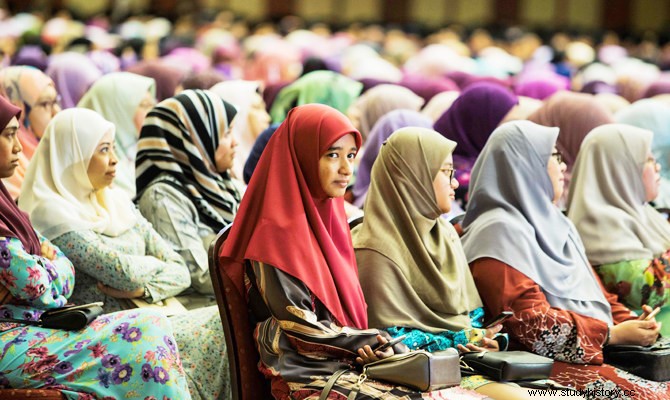
According to the Royal Ark, “Islamic tombs were found and inscribed in 1264, 1432, and 1499, and a letter from the P'o-ni emperor to the emperor of China dates from 1371 and is written in Arabic script. However, none of them had inscriptions, names or clues to rulers or members of the royal family. Towards the end of 1514, the captain of Malacca reported that although Brunei's merchants were Muslims, their king remained a heathen. Temenggong from Malacca at that time was a Muslim from Brunei and seems to have confirmed this knowledge. The following year, the Spanish chief inspector of the spice trade reported that it was "not too late" for the king to become a Muslim. So turn the conversion to 1515 and not to 1363. Such a date will also coincide with the mention of the role that the Johore sultanate, founded after 1511, played in the coup.
The scarcity of royal tombs and carved stone monuments is also important, until one realizes that those who are Hindus or Buddhists should have been burned, not buried. It appears from this that external records do not correspond with official chronology. The governor of Brunei probably did not convert to Islam until approx. 1515. Long after that, a large part of the people, perhaps including the opposite branch of the royal family, may have followed the old religion. =
"Modern British writers make heroic attempts to link the official history of Islam with Western and Chinese sources. The words of Sinosized Sanskrit are translated in such a way that they correspond to the words of Islam. All words that cannot be edited are entirely in Malaysian versions. However, the kings who visited the Chinese court ate pork, as one historian noted in the detailed account of the imperial feast. A Brunei historian, in the face of the difficulties of the evidence, simply turned the tables and said that the historian involved had found the opposite. ”=
Castillian War:Brunei vs Spain
Brunei reached its golden age during the reign of its fifth ruler, Sultan Bolkiah, better known as Nakhoda Ragam. During his reign, the Brunei Empire spread not only to the entire island of Borneo, but also to Sulu and Saludang (Luzon) in present-day Philippines. Not only did he expand Brunei's trade, but he was also able to help spread Islam.
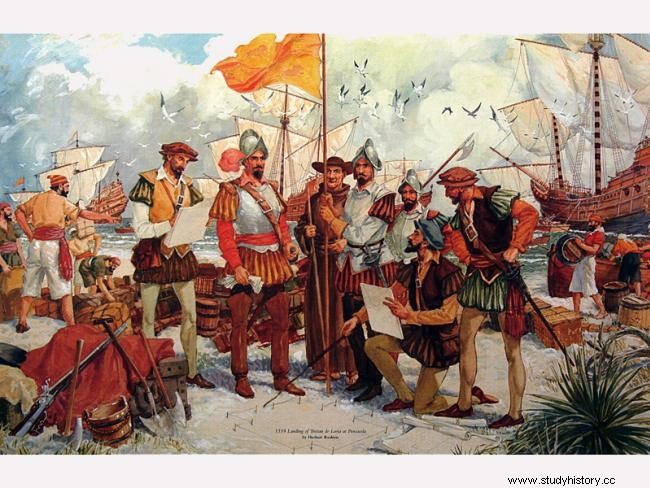
The golden age of Brunei continued even after Sultan Bolkiah's death in 1524. Sultan Abdul Kahar was also able to expand Brunei's territories, including Borneo, Palawan, Sulu, Balayan, Mindoro, Bonbon, Balabak, Balambangan, Bangi, Mantanai and Luzon. . Through the merchants of Brunei, Islam spread far and wide, including the islands of the Southern Philippines, and Brunei was considered the center of Islamic spread. This is widely accepted as the governor of Manila, Spain named Francisco de Sande, wrote to Sultan Abdul Kahar's son, Sultan Saiful Rijal, urging him to stop sending Muslim preachers to the islands of the Philippines. In 1578 another Joan Ochoa Ttabudo wrote in his report that Islam had spread to Balayan, Manila, Mindoro and Bonbon. In the 16th century, Spain and Portugal expanded their territories to Asia. Malacca fell to the Portuguese in 1511, and in 1526 the Portuguese succeeded in securing a friendship and trade treaty with Sultan Abdul Kahar. Brunei shipped most of the goods to Malacca. Brunei's sea routes also became part of the portrait of Portuguese ships.
The Spaniards arrived in the Philippines in 1565 and conquered Manila in 1571. Manila was also used by the Spaniards as a trading center, but also for the spread of Christianity. However, under the strong influence of Sultan Abdul Kahar and later with Sultan Abdul Rijal, Muslims remained strong in the southern Philippines.
Brunei was considered a major threat to Christianity. The destruction of Brunei became the most important target for the Spaniards in the mid-16th century. In 1573, a Spanish delegation was sent to Brunei to search for an audience with Sultan Saiful Rijal. The Spaniards offered Brunei a treaty with the intention of bringing Brunei under Spanish protection. The Spaniards also demanded that the Sultan find Christian missionaries to spread Christianity in Brunei! Sultan Saiful Rijal did not accept the agreement and angrily rejected the proposals.
Five years later, the Spaniards returned. This time they took advantage of the civil war in Brunei. The two kings of Brunei, who had been in conflict with the sultan, approached the Spanish government in Manila and promised to help the Spaniards when they arrived. The Spanish armada with 40 warships was led by leading Santiago. The armada left in March 1578 and had come from Brunei in April of the same year. The Spaniards sent a letter to the Sultan demanding, among other things, a sum of money "to the preachers of the Holy Gospel, who can preach Christian law in your lands in all safety", that Brunei "does not send Mohama sectarians to any part of these islands" and that Brunei should "forbid its people to ask for taxes. on these islands".
Before they left, the Spaniards demolished one of Brunei's magnificent buildings, the Muslim church of Jame, the Sande ordered their men to burn in rage and despite losing the battle of Brunei.
When Europeans arrive and reject the Brunei Sultanate
Pinafetta, an Italian journalist for the Magellan machine, visited Brunei in July 1521. Magellan was assassinated a few months earlier in the Philippines. Pinafetta reported that there are two major cities on either side of the Brunei River. Each city has its own king, one Muslim ruler and the other a Gentile. Later, in April 1578, Spanish invaders entered the mosque and found "a marble block with carved images and idols" and looted them. According to the Royal Ark, “The Spaniards invaded Brunei in 1577 and again in 1578, when they conquered and annexed the capital and its parts outside the Spanish crown. However, they were forced to resign within a year, and Sultan 'Abdu'l Kahar regained control of the empire. Shortly afterwards, a civil war ensued that lasted for several years. The decision came only when the Sulu king of the Philippines intervened, supported one of the parties and gave him the power to stay. The tragic civil war was bad enough, it drove out trade and forced people to move. However, the price of such assistance skyrocketed. The victorious sultan also had to hand over a piece of a large field on the northeast coast of Borneo to his savior. After that, the sultanate fell into a slow, long and solid descent.
